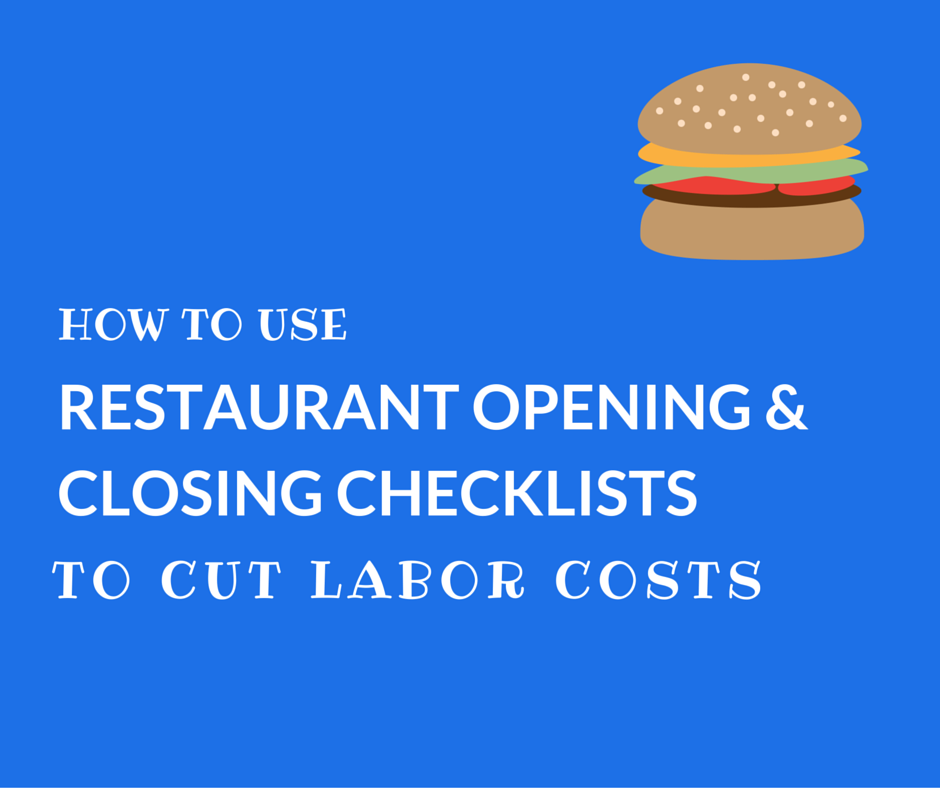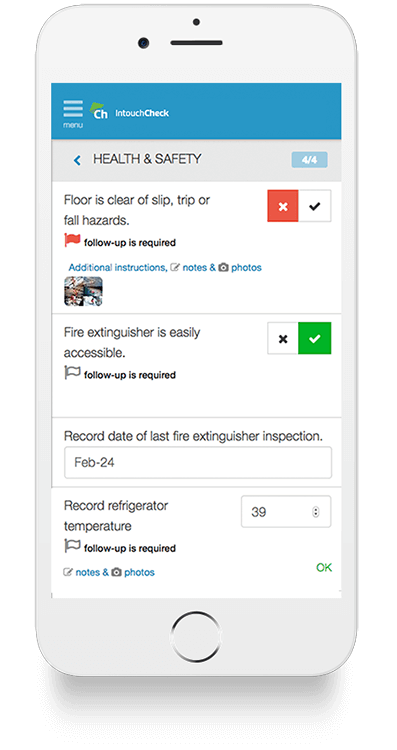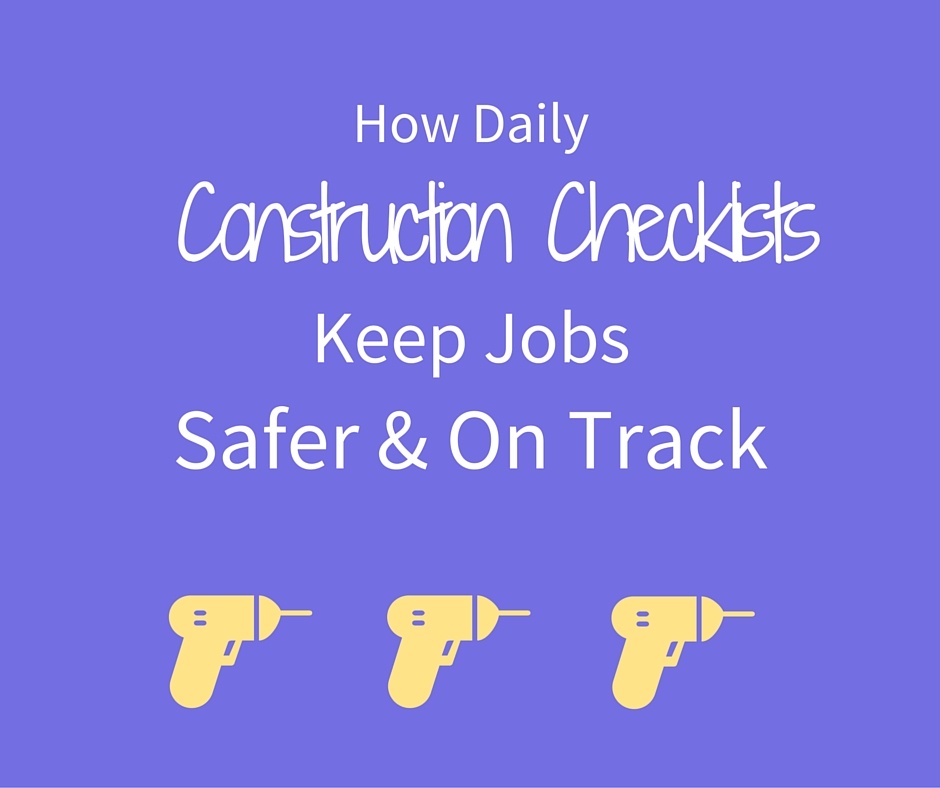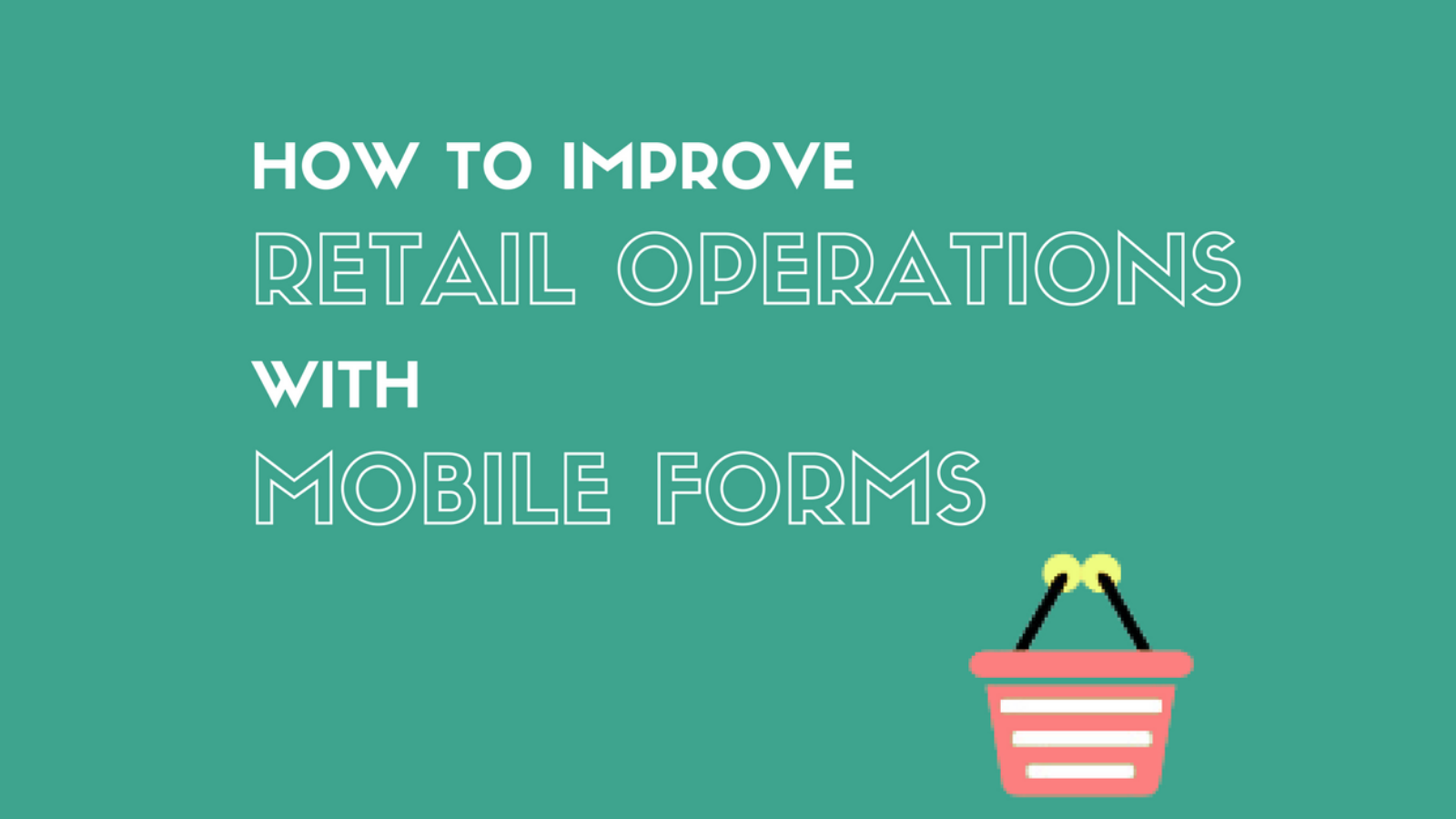How Daily Construction Checklists Keep Jobs Safer and On Track
On a construction site, staying on top of team focus and standards is crucial to the success of a project, as well as the safety of the labourers...
5 min read
Mary Dubrule June 30, 2016

Whether you’re managing a single restaurant or thousands, balancing the cost of your staff is one of the most important variables affecting both your bottom line and overall customer experience. Not enough staff, and service times lengthen and customers are unhappy. Too much staff, and your margins get eaten up paying for bored staff members.

While scheduling is an important factor to ensure that labor costs don't exceed the norm, the secret to keeping labor costs low kicks in after staff clock in. Before you're even able to review the schedule, you need to evaluate how many people you need on the floor at one time - and why. Once they're on the clock, ensure that teams are making the best use of their scheduled time.
Your managers don’t want to have to come in extra early to unlock the restaurant so staff can slowly tackle their opening duties, or have staff hanging around after their last table has left just so they can finish up their closing duties. Ensure that duties are completed throughout the shift, that necessary tasks are prioritized, and operations are consistently managed smoothly.
Once this is done, managers can re-evaluate their scheduling and start times in order to maintain a successful restaurant and cut back on unnecessary labor costs.
In this blog, we’ll identify four steps you can take in order to trim your labor costs, centered on opening and closing procedures.
Reducing open and closing times is most effective since those are the times where employees are being paid but the restaurant isn’t making any money. So, how do you shorten your open and closing times?
Start with the basics. Most employees want to do their jobs well, but the easier you make it for them to do that job well - the more likely they'll do it. In The Checklist Manifesto, author Atul Gawande writes about implementing checklists for surgeons to complete before and during surgery. Gawande explains that there were a large number of post-surgery deaths, so he added even the most obvious or “dumb stuff” to a checklist for hospital staff. After implementing his checklists at hospitals across the world, each hospital reduced the number of complications and deaths from surgery - the average reduction being more than a third.
This goes to show that even the most senior staff with impeccable training will sometimes forget things or lose focus. The use of checklists in your daily procedures decreases room for forgetfulness or human error, and will lessen the time it takes to complete tasks, while increasing the quality of execution. Staff won’t need to stick around longer than necessary to rush to complete their opening and closing duties. As a result, you can streamline your opening and closing procedures to cut back on labor costs.
Create checklists for your FOH and BOH teams. Your opening line cooks can complete prep checklists before the restaurant starts to fill up. Closing checklists can be completed by your closing server and bartender in order to ensure the floor is fully re-stocked and cleaned, ready for the next day of business.
A restaurant checklist app, like IntouchCheck, is a great way to deliver daily responsibilities to your staff. By having a checklist app in place, you can set your staff up for success and ensure that things don’t slip - while focusing teams on your standards on an ongoing basis.
With opening and closing checklists in place, go through and prioritize which items absolutely need to be completed. What does your restaurant’s success depend on? What doesn’t need to be done, but would certainly help if there’s time?
Create a clear list of priorities and goals for your teams. Prioritize items that can’t be avoided and ensure they are first on your list and front on your employees minds.
No one wants to have to micro manage his or her staff. Prioritizing crucial elements of your opening and closing procedures will improve employee accountability and make it easier for teams to self-manage. Take comfort in knowing that the higher priority, important items will get completed.
Not all duties are equally important. Placing fresh roll-ups on every table is crucial to your restaurant’s success and customer experience, whereas stocking sugars and sweeteners is not as large of a priority. While both tasks are important and enforce standards, they are not weighted equally and likely don’t need to be monitored at the same frequency.
Use IntouchCheck to customize your own scoring process. IntouchCheck lets you add weights to questions and sections of checklists so that teams are aware of the importance of those tasks. Set acceptable ranges for applicable questions. For example, having only 50% of tables with fresh roll-ups might be unacceptable, whereas having 50% of sugars stocked might be okay to open the restaurant.
With staff aware of the restaurant’s priorities, and able to complete their duties properly, management won’t need to pick up the slack. Your managers can focus on more high-level items, meaning not only that you might require less staff during certain periods, but also less management. Avoid paying manager’s salaries to complete the day-to-day, opening and closing duties of FOH & BOH staff.
Despite the most thorough planning and your best efforts, issues will still arise. When they do, prepare teams to tackle them as quickly and effectively as possible. You could be set up for success all shift, but then a few large parties come in within 30 minutes of closing and employee’s duties get neglected - don’t let that set you back hours of work. With a checklist software in place, issues don’t need to build up and teams have what they need at their disposal to action items right away.
With IntouchCheck’s action plans, you can assign issues to certain users and notify them right away. Set due dates and timelines so issues are resolved promptly and don’t begin to affect your business. Perhaps every morning cutting garnishes for drinks is consistently getting overlooked. Prevent the snowball effect and use IntouchCheck to create an automatically set period for actions required for common problems like this that all restaurants face.
In a fast paced environment, it’s hard for anyone to always stay on top of every single issue. Managers can be made aware if something happens during crunch time when staff are in a rush to get other things done, so these issues won’t linger and build up.
Instead of extending opening and closing times for these one-off situations, provide staff with the necessary tools to handle situations themselves and alert the right people when following the appropriate next steps.
Once you’ve streamlined these processes and have begun collecting data about them, begin evaluating your processes and next steps. Keep track of what was able to get accomplished throughout each shift in order to improve scheduling and get better insights into your operations.
With IntouchCheck you’ll have improved visibility into your team's performance. Use IntouchCheck reporting and dashboards to view how long it takes teams to complete checks, and dive deeper into the specifics of their results. Perhaps too many non-essential items are taking up employee’s time, or when properly monitored, some tasks don’t need to be completed as often as anticipated.
IntouchCheck lets you collect data on these processes to see what’s improving operations or impacting the average clock in and out time. Filter through data by date, location, groups or checklist and use that information to test and experiment with new processes.
When do the openers have to come in to set up the restaurant on time? How late should closing staff be staying after the restaurant closes? When re-evaluating your opening and closing checklists, look for ways to cut your labor costs without harming your business.
In order for a restaurant to run smoothly, all staff on the floor need to use their time purposefully and efficiently. Cut back on labor costs by scheduling staff based on what you know needs to get done, how long it will take, and set teams up to work their shifts successfully.
Start your free trial of IntouchCheck today. Avoid over-staffing, and enjoy using the tools needed to run your restaurant efficiently. You can do this in four steps:


On a construction site, staying on top of team focus and standards is crucial to the success of a project, as well as the safety of the labourers...

Any retail owner, operator, or manager has experienced first-hand the chaos that can come with a busy day on the floor. From ensuring merchandise and...

An inviting store atmosphere is made up of several elements of customer experience, from cleanliness, cash lines and change rooms to lighting,...